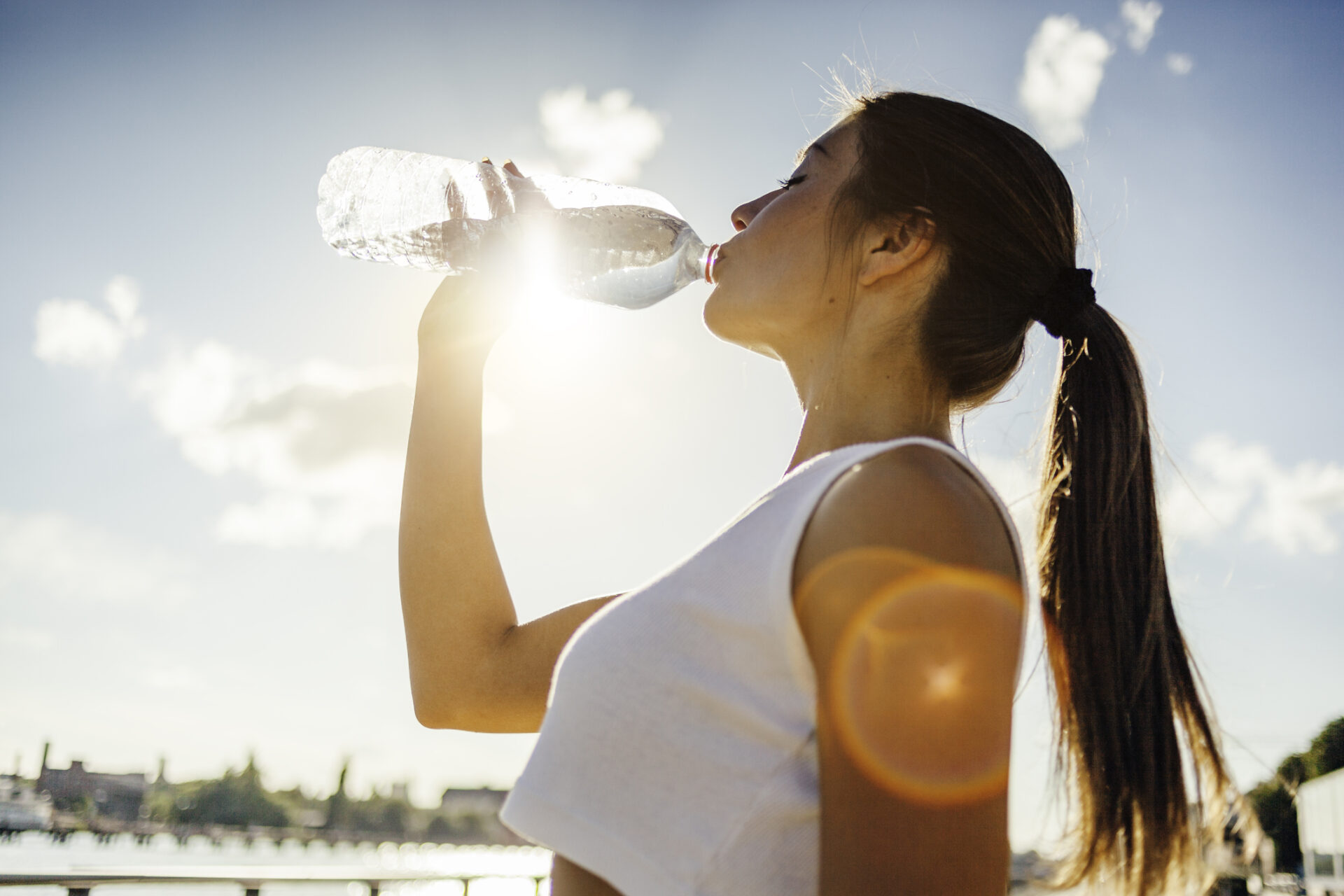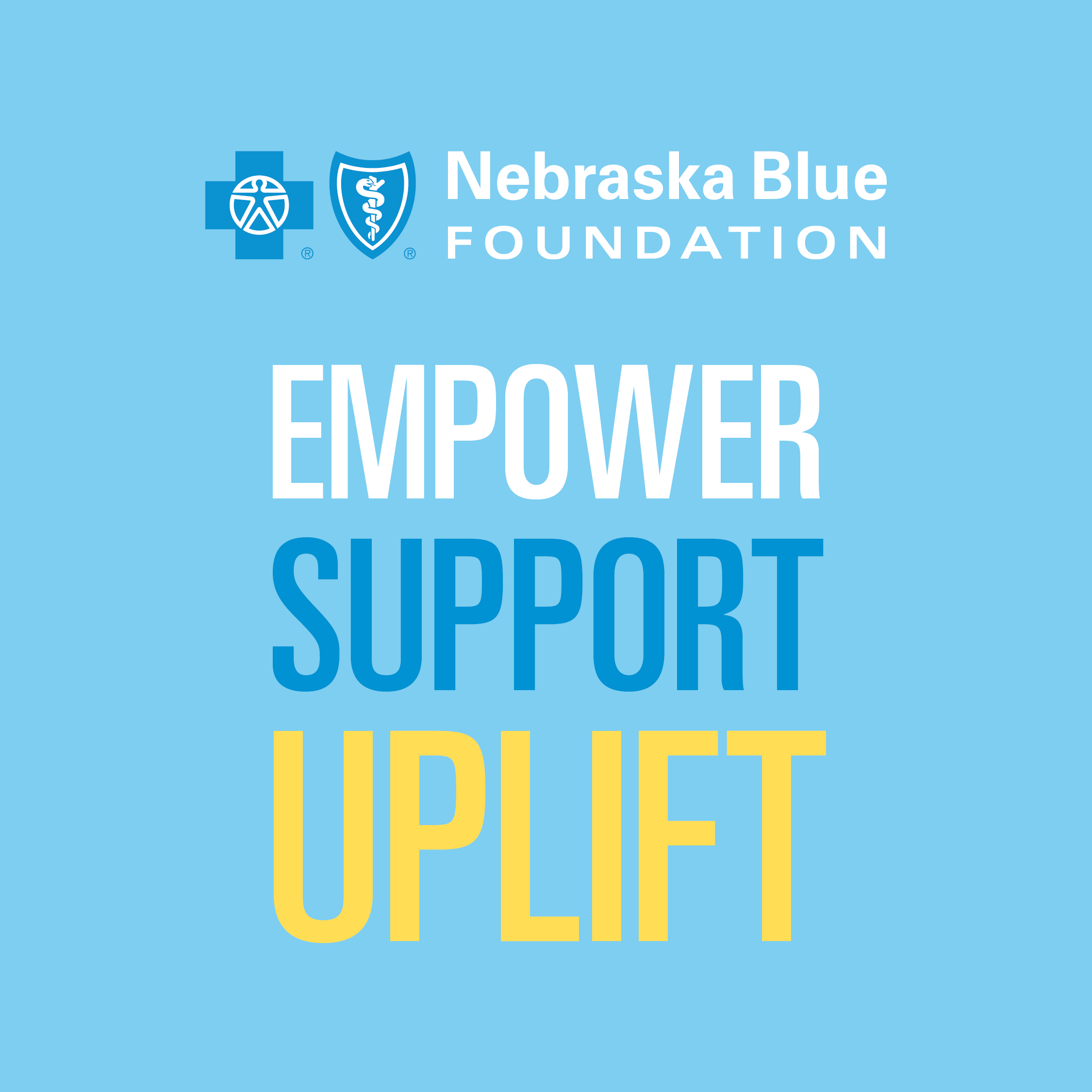Ditch the earmuffs, gloves and outerwear, it’s summertime! While it can be exciting to exercise outdoors without the risk of frostbite, the summer months still pose safety concerns. Here are some tips on how to stay safe in the sun:
Avoid the midday hours
The sun is the hottest and the ultraviolet rays are the strongest between 10 a.m. and 4 p.m. Plan to exercise outdoors before or after these hours.
Additionally, if you plan to go out before the sun is up or after it has set, make sure you take the proper visibility precautions.
Pace yourself
When exercising in the heat, give yourself two weeks to acclimate to the hotter temperatures. In that time, don’t push yourself. Start slower and build up as you adapt.
Don’t skip the sunscreen
According to the Centers for Disease Control and Prevention, sunburns can happen in as little as 15 minutes.
Protect your skin and wear and reapply sunscreen as directed when you exercise outdoors, even on cloudy days.
Dress for success
To help keep you cool, wear clothes that are lightweight and light in color. Even better if they feature mesh or vents to help airflow.
Protect your eyes with sunglasses and top it off with a hat to protect your face and ears.
Head to the park
Places with more asphalt and concrete tend to be warmer since those materials hold more heat. When exercising outdoors, search for places with plenty of grass and shade, such as a park, since those areas tend to be cooler.
Stay hydrated
Don’t wait until you feel thirsty to hydrate. Drink a big glass of water or electrolyte drink before you head out and chug a few ounces of electrolyte drink every 20 minutes when exercising.
Drinks with electrolytes are better than plain water because they help replenish the electrolytes lost in sweat and aid in your water absorption rate.
Know the signs
Before you head outside, know what the signs of heat-related illnesses are. According to the CDC, here are the signs to look for:
Heat stroke:
- High body temperature (103°F or higher)
- Hot, red, dry or damp skin
- Fast, strong pulse
- Headache
- Dizziness
- Nausea
- Confusion
- Losing consciousness (passing out)
Heat exhaustion:
- Heavy sweating
- Cold, pale and clammy skin
- Fast, weak pulse
- Nausea or vomiting
- Muscle cramps
- Tiredness or weakness
- Dizziness
- Headache
- Fainting (passing out)
Heat cramps:
- Heavy sweating during intense exercise
- Muscle pain or spasms
Heat rash:
- Red clusters of small blisters that look like pimples on the skin
If you experience symptoms of a heat-related illness, get out of the sun as quickly as possible and hydrate. Seek medical attention if you are experiencing heat stroke or if the symptoms continue.
Learn more about staying safe in the summer heat at CDC.gov.






